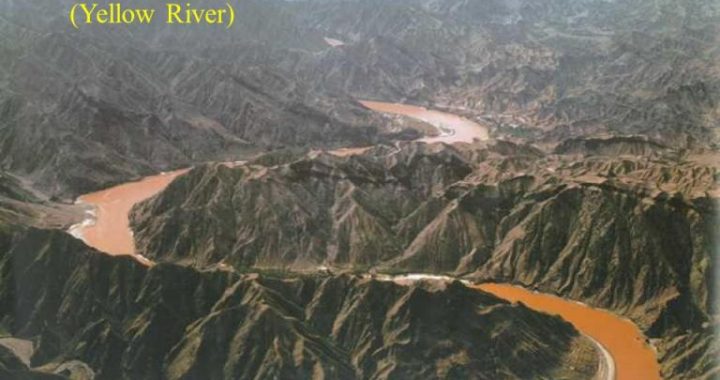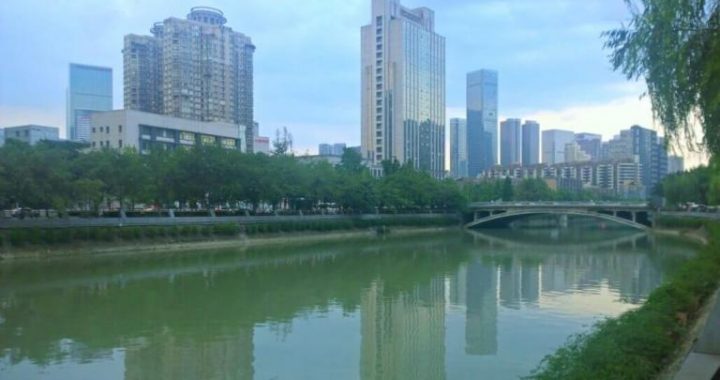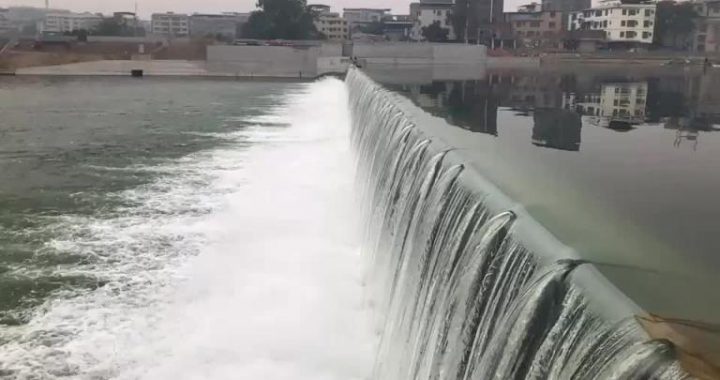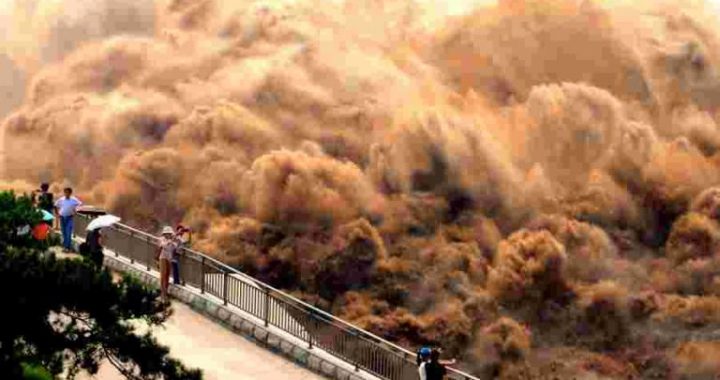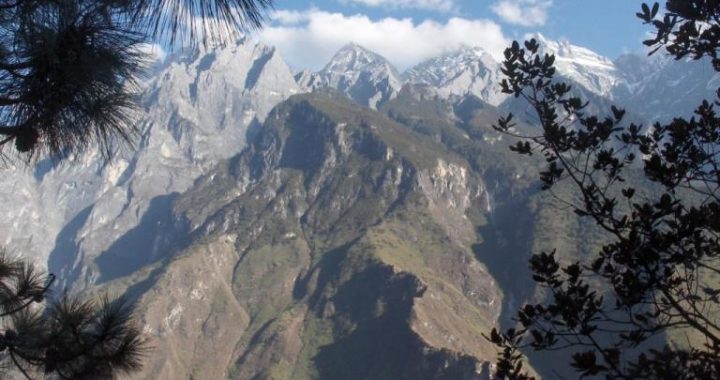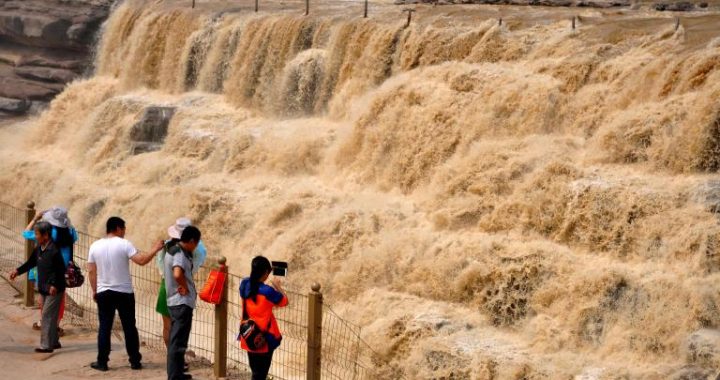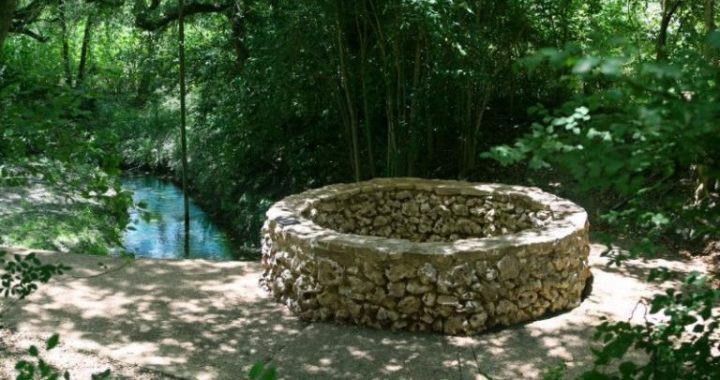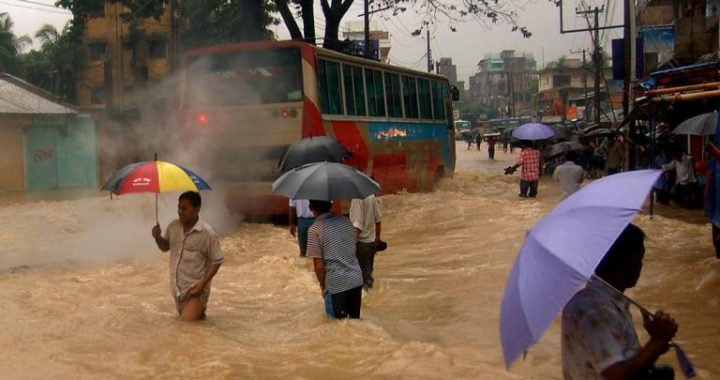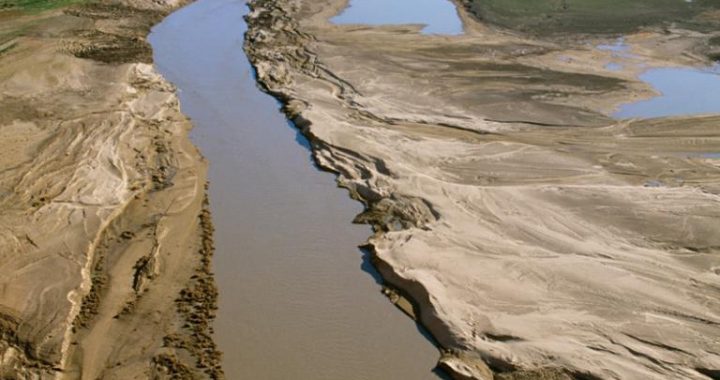Wang Jing Regulated the Yellow River
4 min readIn the written historic records, the Yellow River was breached over 1,500 times.
In 11 AD, the Yellow River was breached in Puyang area in Henan Province. The emperor of the country then, Wang Mang, didn’t take any measures to build levees or regulate the Yellow River, which at last caused the course change of the YellowRiver. The water of the YellowRiver overran to Bianqu Canal, and many farmlands and villages were submerged by the floods. The north and southeast part of Henan Province, the west of Shandong Province and the northwest of Anhui Province were the most disaster-hit areas, and many places were so devastated that they were no longer suitable for people to live.

In 69 AD, the Eastern Han dynasty (25-220) then decided to assign Wang Jing to take charge of regulating the Yellow River. Wang Jing was a learned scholar, very good at the techniques of irrigation works construction. He had had a thorough research of the gain and loss of the Yellow River regulating, so when Emperor Ming of the Han dynasty interviewed him and asked him about the matter of the Yellow River regulating, he answered those questions quite fluently. Therefore he was quite appreciated by the emperor and was appointed to regulate the YellowRiver. The Yellow River regulating by Wang Jing was of a large scale. He orgnized hundreds of thousands of people to build the levees of the Yellow River, and he also went deep into the flooding areas to measure the terrain conditions in person. The major measures he took were: building or reinforcing the levees of the Yellow River and Bianhe River; building water gates on some river courses to divert and discharge water; regulating the river courses and so on. The whole project took over 10 billions liang of silver and one year to finish. The great achievements Wang Jing made in regulating the Yellow River mainly lay in building a thousand of levees along the Yellow River from Xingyang in Zhengzhou to the river mouth at sea in Shandong Province systematically, stabilizing the riverbed of the Yellow River that was adopted since it was breached in 11 AD, and separating the Yellow River and Bianhe River-the Yellow River no longer took over the course of Bianhe River, and Bianhe River also flowed along its own course, which has never been breached since.
This newlevee of the Yellow River was the shortest route for the lower reaches of the Yellow River to the sea, and also an ideal route for discharging floods and sand.
After the careful regulating by Wang Jing, in the following 800-odd years till the late Tang dynasty (618-907), only 40 years of ancient books have the records of breaches of the Yellow River. Compared to the other periods that the river was breached and flooded frequently, this period was almost in a safe state, which became the hot topic of the scholars in the later times.
As to the reason why the Yellow River flowed safely in this period, in the past it was all attributed to the correctness of Wang Jing’s way in regulating the Yellow River. However, some scholars now hold the opinion that in this period the vegetation in Loess Plateau along the middle reaches of the Yellow River being protected well played the decisive role, because the vegetation could reduce greatlythe sand and silt amount that entered the river course, thus reducing the silting of the river. There are also some people who, after analyzing the various factors comprehensively, considered that the newly formed river course had a comparatively short distance to the sea and a large drop in elevation, therefore the speed and sand-carrying ability of the river were greatly enhanced, hence reducing the siltin of the river course; this point played a decisive role in the long-term safe flow of the Yellow River.

Besides, vegetation, climate, levees and even the change of sea level, all the factors contributed to a certain extent. No matter how people see this phenomenon, it is the fact that there were few breaches in the river course of the lower reaches of the Yellow River after the regulation by Wang Jing. Even if the levees that Wang Jing hosted to build didn’t play a decisive role, it must play an important role. Just because of this, the posterity has always showed much respect to the achievement Wang Jing made in regulating the river, and use for reference the experience of his emphasis in levee-building in the course of the YellowRiver regulation.

